That’s right, comic book fans, today is Free Comic Book Day at brick-and-mortar and online comic shops around the world. In fact, it’s the event’s 20th anniversary!
Usually held the first Saturday in May, this year’s event was bumped to August by Diamond Comics Distribution in recognition of the difficulties placed on the comic market by the global pandemic, in the hope that matters would be a little easier by this point, given the availability of vaccines (which they have, to a certain degree, Delta variant notwithstanding).
And in keeping with FCBD’s fine tradition of gifting comics to fans everywhere, here’s a list of StarWarp Concepts’ offerings that you can download for free directly from us!
Heroines & Heroes: A collection of comic stories and pinups all drawn by me, dating back to my days in the early 1990s small-press movement—that age of dinosaurs in which creators like me used to make our comics by printing them out on photocopiers and then stapling them by hand. In H&H you’ll find mainstream heroes and small-press heroines, and even a couple of anthropomorphic bikers. Leading off is “V-A-C-A-T-I-O-N (in the Summertime),” a three-page Wonder Woman vs. Harley Quinn story that I wrote and drew in the late ’90s as a sample for a DC Comics editor who thought I’d be a good fit for their Batman: The Animated Series comic (it didn’t work out). If you enjoyed Harley’s recent animated series or her latest movie, The Suicide Squad, you might get a kick out of her matching wits with the Amazon Princess. The WW/Harley matchup is followed by an adventure of small-presser Jeff Wood’s rabbit-eared superspy, Snowbuni; three pages from the long-canceled indie comic Motorbike Puppies; and an adventure of the indie superheroine The Blonde Avenger.
The Saga of Pandora Zwieback #0: A full-color introduction to the young adult novel series of the same name, hosted by Pandora Zwieback herself. Pan is a 16-year-old New York City Goth who’s not only a horror fangirl but someone with the rare ability to see the for-real monsters that regular humans can’t (she calls it her “monstervision”), and with the help of a 400-year-old, shape-shifting monster hunter named Sebastienne “Annie” Mazarin, she’s learning how to protect her family, her friends, and the world from the supernatural dangers out there—and maybe even have some fun while doing it. This 16-page comic features a seven-page story written by me, with art and color by Eliseu Gouveia (The Saga of Pandora Zwieback Annual#1, Lorelei: Sects and the City, Carmilla, A Princess of Mars), and includes two sample chapters from Blood Feud, the first Pan novel.
Hearstopper: The Legend of La Bella Tenebrosa#1–3: Before she became Pan’s monster-hunting mentor, Sebastienne “Annie” Mazarin made her debut in this short-lived, 1990s Mature Readers series from Millennium Publications. A nefarious heavy metal band has arrived in New York City, and its lead singer is more than just a sex magnet for his female fans—he’s a soul-stealing incubus! Will Annie put an end to his plans for worldwide chaos, or fall prey to his supernatural charms? Written by me (of course), issue 1 is drawn by Pan and Annie co-creator Uriel Caton (JSA Annual) and inker Alan Larsen (Femforce); issue 2 is penciled by Uriel, Holly Golightly (School Bites), and David C. Matthews (Satin Steele) and inked by Larsen; and issue 3 is penciled by Holly, with four pages of inks by “Chainsaw” Chuck Majewski (Harvey Kurtzman’s New Two-Fisted Tales). As a special bonus, issue 3 includes a brief look at the never-published Heartstopper/Trollords, a crossover special that would have had Annie meet Harry, Larry, and Jerry, the Three Stooges–inspired trolls created by Scott Beaderstadt and Paul Fricke for their popular comic series of the 1980s. H/T was to be written by me with pencils by Holly and Scott and inks by Bill Lavin (Troubleshooters, Incorporated: Night Stalkings), but unfortunately it just never got past the starting gate.
(Warning: Heartstopperis designated a “Mature Readers” comic for violent scenes and some sexual innuendo, so younger Panatics should avoid it.)
All these comics are available for download right now, so visit their respective product pages at StarWarp Concepts for more information.
Now get to downloading, and have a happy Free Comic Book Day!

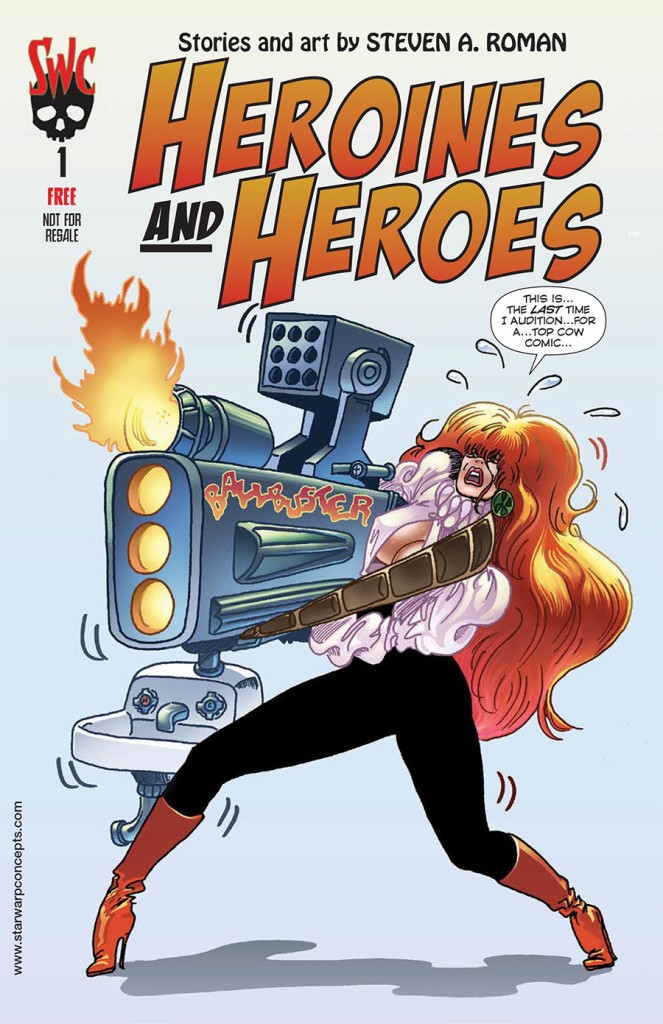
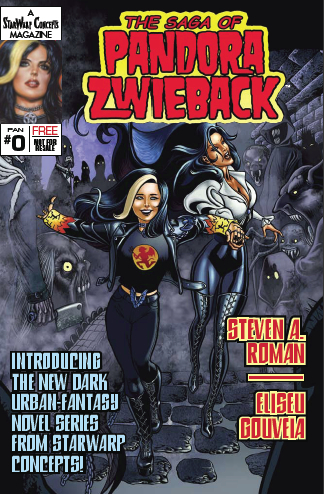

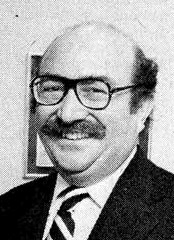
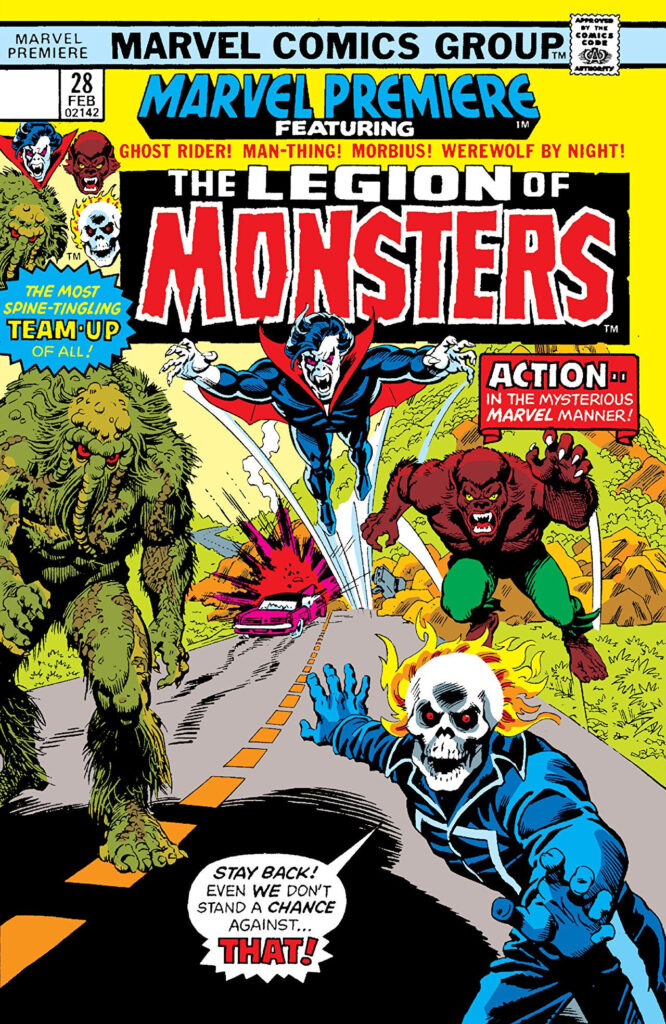
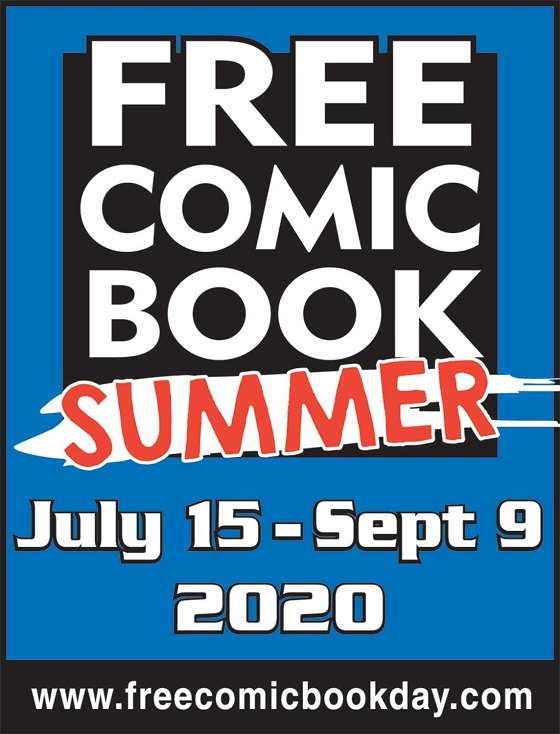 Free Comic Book Summer? Where’d that come from? Isn’t it supposed to be Free Comic Book Day? That’s probably what ran through your mind when you saw the header for this post—and you’d be right to be confused. Free Comic Book Day—the brainchild of retailer Joe Field as a promotional tool to get people to visit their local comic shop—has been around since 2002, held the first Saturday in May and usually timed to coincide with the release of one of Marvel Films’ big summer blockbuster.
Free Comic Book Summer? Where’d that come from? Isn’t it supposed to be Free Comic Book Day? That’s probably what ran through your mind when you saw the header for this post—and you’d be right to be confused. Free Comic Book Day—the brainchild of retailer Joe Field as a promotional tool to get people to visit their local comic shop—has been around since 2002, held the first Saturday in May and usually timed to coincide with the release of one of Marvel Films’ big summer blockbuster.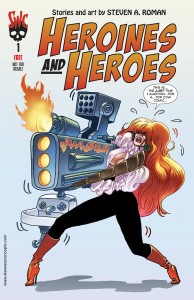
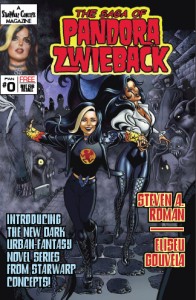 The Saga of Pandora Zwieback #0
The Saga of Pandora Zwieback #0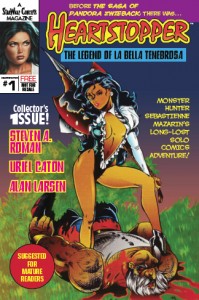 Hearstopper: The Legend of La Bella Tenebrosa#1–3
Hearstopper: The Legend of La Bella Tenebrosa#1–3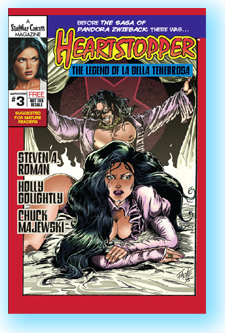 On Saturday, May 4, The ’Warp is celebrating the 11th anniversary of Free Comic Book Day by releasing the rarely seen Heartstopper: The Legend of La Bella Tenebrosa #3, the final issue in what was supposed to be a four-part miniseries published in 1995. The star of Heartstopper was Sebastienne “Annie” Mazarin—yes, the very same Annie who’s showing our resident Goth chick, Pandora Zwieback, how to hunt monsters.
On Saturday, May 4, The ’Warp is celebrating the 11th anniversary of Free Comic Book Day by releasing the rarely seen Heartstopper: The Legend of La Bella Tenebrosa #3, the final issue in what was supposed to be a four-part miniseries published in 1995. The star of Heartstopper was Sebastienne “Annie” Mazarin—yes, the very same Annie who’s showing our resident Goth chick, Pandora Zwieback, how to hunt monsters.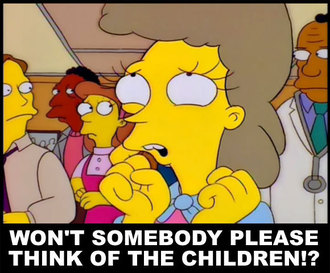 Still, the comics are a part of Annie’s creative past (issue 1 and part of issue 2 were penciled by Pan and Annie’s co-creator, Uriel Caton), and HS 3 is the final issue. And in a world where young adult books are becoming more and more adult as publishers scramble to create the YA equivalent of the “pron” trilogy 50 Shades of Grey, Heartstopper by comparison is pretty tame in its sexual playfulness (again, no sex or nudity). On the other hand, it’s not the best thing I’ve ever written, but hey—if you survived Twilight you’ll survive this. 😀
Still, the comics are a part of Annie’s creative past (issue 1 and part of issue 2 were penciled by Pan and Annie’s co-creator, Uriel Caton), and HS 3 is the final issue. And in a world where young adult books are becoming more and more adult as publishers scramble to create the YA equivalent of the “pron” trilogy 50 Shades of Grey, Heartstopper by comparison is pretty tame in its sexual playfulness (again, no sex or nudity). On the other hand, it’s not the best thing I’ve ever written, but hey—if you survived Twilight you’ll survive this. 😀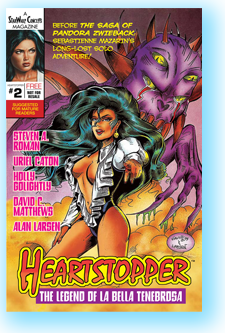 Advance Comics: Heartstopper is about a beautiful shape-shifter who fights monsters in New York City. What sparked the idea?
Advance Comics: Heartstopper is about a beautiful shape-shifter who fights monsters in New York City. What sparked the idea?